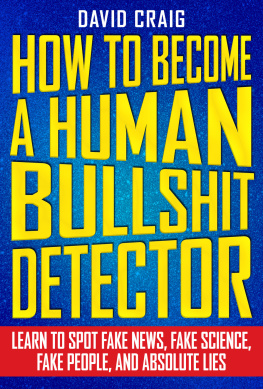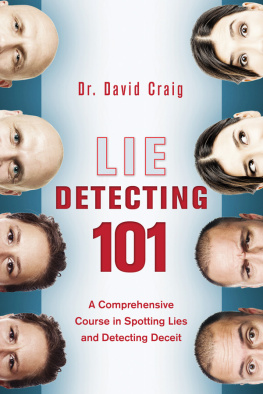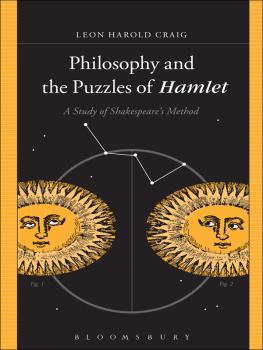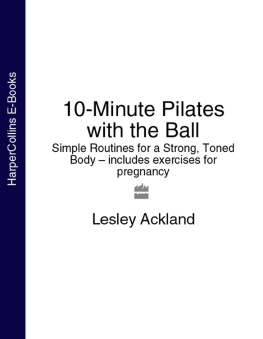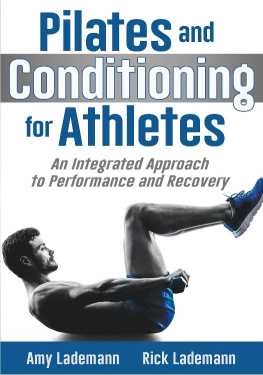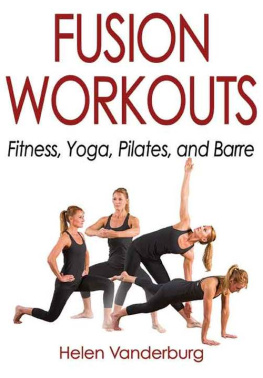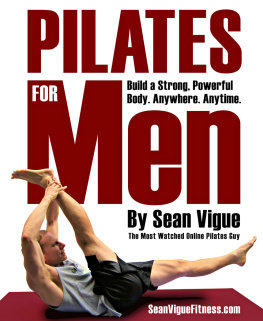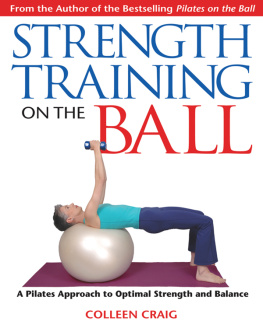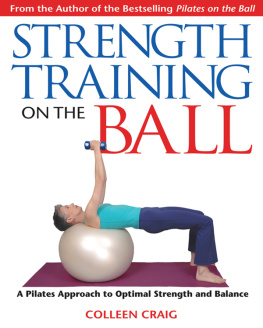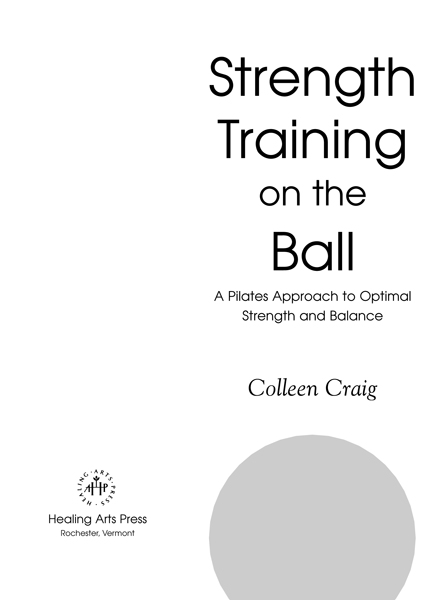
Acknowledgments
Two key pieces of luck have blessed my career. In 1997 I was introduced to Stott Pilates by Moira Stott-Merrithew, an outstanding Pilates teacher and director of what has now become one of the most important Pilates certification centers in the world. When I wasnt training with Moira, I worked with other talented teachers and colleagues: Beth Evans, Mariane Braaf, Syl Klotz, Elaine Biagi-Turner, Connie Di Salvo, Laura Helsel, and Danielle Belec. My luck in intercepting with all these outstanding teachers and colleagues at a time in my life when I was searching for a new direction astonishes me. The second piece of luck has to do with the intersection of my life with the ball. I am most grateful to Dayna Gutru, Gloria Miller, and their associates at Ball Dynamics International for supporting my work. I also want to thank Donna Micallef, Contance Rennett, the staff at Know Your Body Best in Toronto, and Dr. Nevio Cosani and the Cosani family in Italy.
I have had the good fortune of seeing the ball worked to tremendous advantage in many different places. Either in person, or through their books or tapes, the following exercise ball teachers and movement professionals have been instrumental in my understanding of the ball: Joanne Posner-Mayer, Ninoska Gmez, Rick Jemmett, Mari Naumovski, Cheryl Soleway, Trish Scott, Beate Carrire, and Paul Chek. Many people worked tirelessly to make sure my workshops abroad took off without a hitch and I would like to take this opportunity to thank them. In Italy: Paola del Fabbro and Enrico Ceron; in Zagreb: Asja Petersen, Rozi Dragicevic, and Sandra Ukalovic; in Hungary, Lajos Rozsavolgyi and his colleagues Mikail, Evette, Bea, and Eva; and in South Africa: Daniella Smoller of Thera Med and Christell Botes. Lately, I was reminded of an image I had of Poland before I made that trip: a dated vision of a rosycheeked woman with a kerchief tied at her chin. That in no way fitted with the participants in their designer sweats and sports bras, packing their oversized gym bags. Many thanks to Anita and Kamilla of Meden-Inmed for hosting the Warsaw and Krakow workshops and making sure ninety balls were blown up in the shortest time possible. Finally a warm thanks to my South American collegues: Maria Del Huerto Segura in Argentina and Renato Daher and Maira Antas in Brazil. Please invite me back soon.
I had never in my wildest dreams planned to make a career out of balls. My dreams for myself were about living in the world of books, not balls. Yet somehow my dreams have been realized, though not in the way I might have predicted. Pilates on the Ball is not only selling well but being translated into different languages! My second book, Abs on the Ball, is also being translated. I have no one to thank for these miracles but the tireless efforts of staff members at Healing Arts Press for successfully launching these books into the world. There would be no final product without Susan Davidson, my outstanding editor. Susan made the editing process on all three books painlesseven enjoyable. Thanks to Peri Champine for creating the sensational covers, Jon Graham for believing (with Susan) in my work from the beginning, Jeanie Levitan for handling the endless details, and Rob Meadows and the rest of the design, production, and marketing teams at Healing Arts Press. I would also like to extend my thanks to Tara Persaud and Alan Zweig at Ten Speed Press and my agent, David Johnston.
Others have contributed to the completion of this book. Mari Naumovski of BodySpheres read the manuscript and gave much feedback; Claire Letemendias expert editorial assistance greatly helped shape the manuscript; and physical therapist Dr. Miroslaw Kokosz supplied expertise and comment on this book. I am very grateful to Kevin Stoski, my nieces Lyndsey and Lauren Welch, and to my mother, Lorraine Craig, for agreeing to appear in the photos in this book. Thanks to Jody Stoski of Cinnamon Girl for the great makeup. Many thanks to David Scollard for his wonderful photography, Laraine Arsenault for the illustrations and preparing the artwork, and Robert Barnett for providing great additional images. Thanks to Russ Parker and Insiya Rasiwala of Lululemon Athletica for donating the beautiful clothing and yoga mats that appear in this book.
E-mails pour in weekly from teachers and students from around the world: unsolicited testimonials about what the ball means to them, how it has changed how they exercised, and how they taught others to exercisethank you for your responses to this work. I am blessed with very loyal Toronto students and send them many, many thanks. Finally, I am most grateful for the steady, loving support of my friends and family, Laurie Colbert and Dominque Cardona for filming my video, and especially Lynne Viola (and Monty) for love and support over the years.
Introduction
Function Versus Strength
If I were a Bengal tiger I would hope my prey was big on bulk and small on function.
Paul Chek, founder, Corrective Holistic Exercise Kinesiology
Liudas Story
I set out for the outskirts of Moscow at midday. The subway was a standing-room-only crush. Elbows were loose; I felt one in my back. At one stop three market women squeezed in front of me and rolled their waist-high sack of potatoes over my toes.
I could not read the Russian signs so I began to count the stops on my fingers. My friend Liuda, short for Liudmila, lived in one of the sprawling, boxlike Khrushchev-era apartment complexes in outer Moscow and I wondered what I would find when I arrived there. Liuda, sixty, had not left her flat once in five months. On a frigid December day the previous year, she fell on the ice and fractured her right hip.
I recalled the last time I saw her a couple of years back. After nearly three hours at her table, I was escorted back to the metro by Liuda, a recently retired yet youthful, indefatigable hostess. Now it was my turn to give back. A hip break at her age was dire. Statistics show that hip fractures in her age group and older can lead to loss of independence, a move to nursing homes, or even early deaths. Usually with hip fracturesespecially femoral neck fractures such as Liuda hadsurgery occurs in the first twenty-four to forty-eight hours after the injury and the goal of postoperative care is to get the patient up and moving as quickly as possible. This is not what had happened. Because her unlucky fall occurred so close to Russian New Years Eve celebrations and drunk ftes, she had to wait an unimaginable twenty days before an operation, her right leg kept immobile in a cast. After the operationin which Liuda had a pin inserted with a clang she could hear but not feelshe eventually returned to her apartment and had been homebound and chair bound since then. The only news I had from her was one long-distance call. Doctors told her nothing, she said, and numerous friends who had never had hip operations offered much advice. A friend, who had read somewhere that no movement could lead to blood clots and other complications, had given her a few exercises to do sitting on her bed. Since I was coming to Moscow for a holiday, Liuda asked me to look at the exercises she was now doing and add to these.
Has the bone healed? I had asked her the night before on the phone. Jetlagged, disoriented by a sun that took forever to set and a phone that would click dead for no reason, I adjusted my ear to her accent. Yes, she announced. What is the word?consolidationis successful. This is what the young X-ray technician, who she paid in U.S. dollars to bring his machine to her place, had told her.
I got out at Liudas subway stop and made my way past a gauntlet of hawkers and street vendors to the long path that weaved through an overgrown field to her apartment building. The path was scarred by deep potholes and guarded by an assortment of muddy stray dogs that would have given Red Riding Hoods wolf a fright. The stairs up to Liudas flat were uneven, some of the tiles broken. I could see why she had not ventured out, but how had she coped with confining herself for five months to three small rooms? In addition, her doctor had instructed her by phone not to put any weight on her leg until he was able to examine her.
Next page

